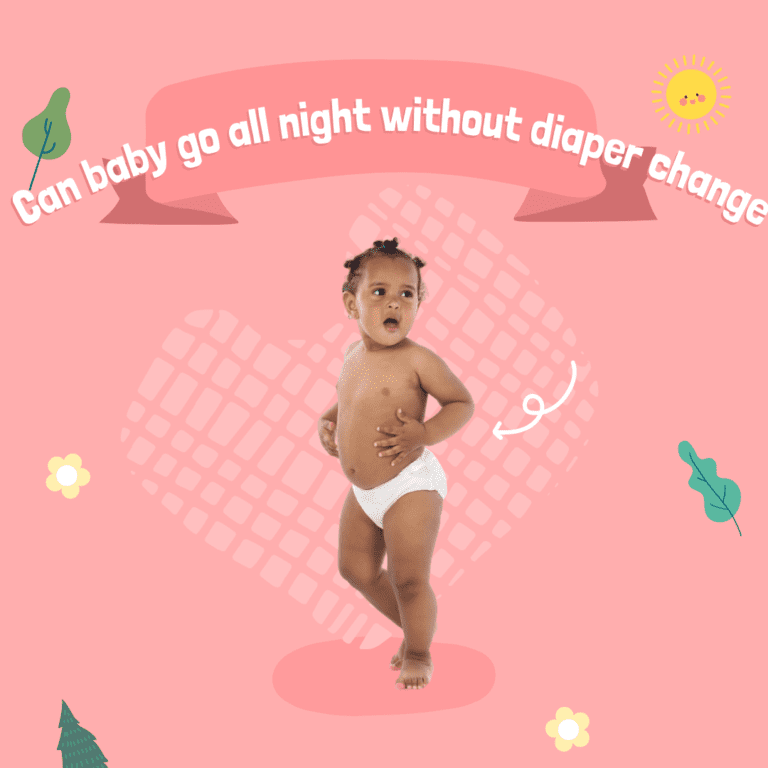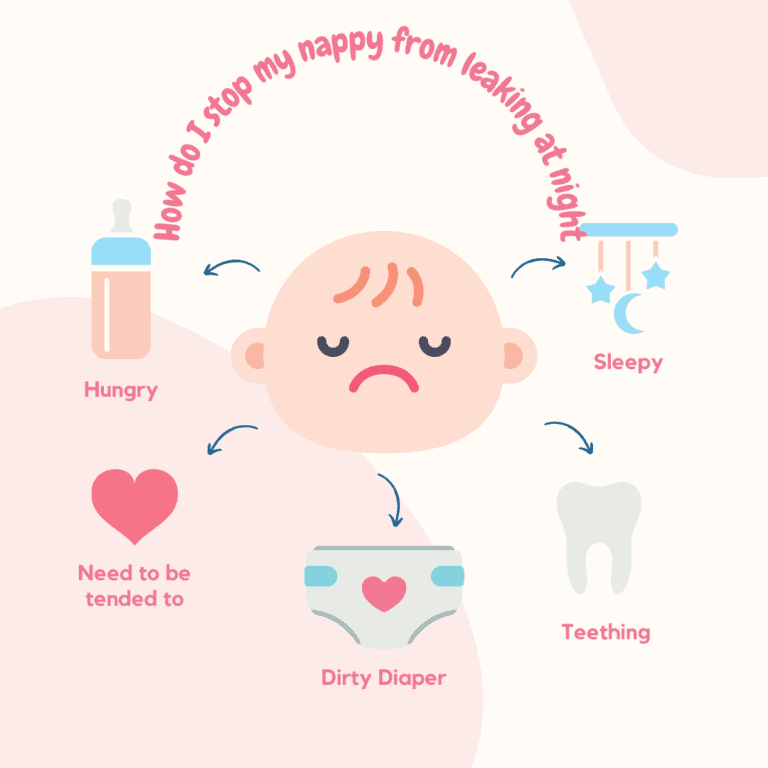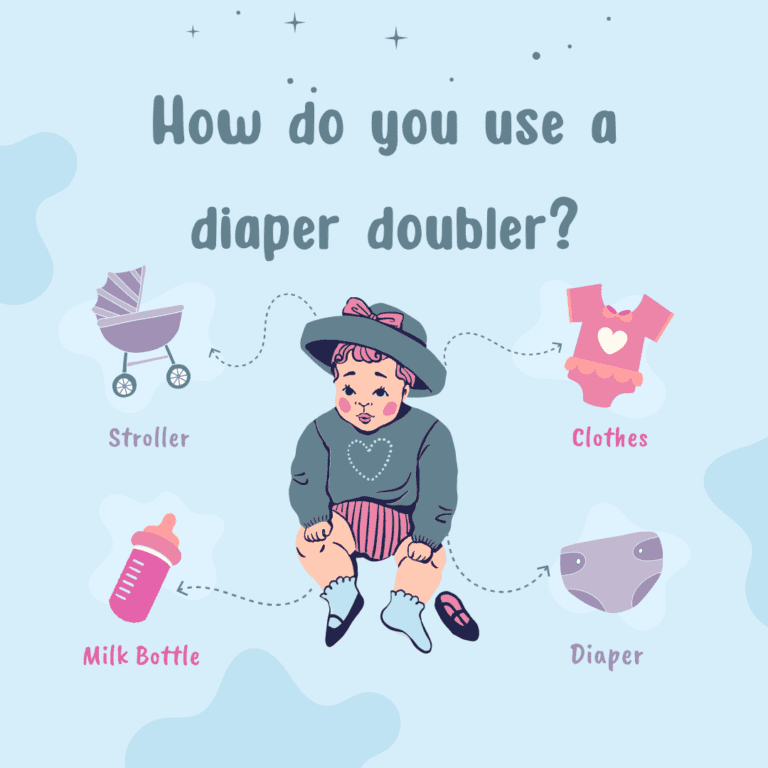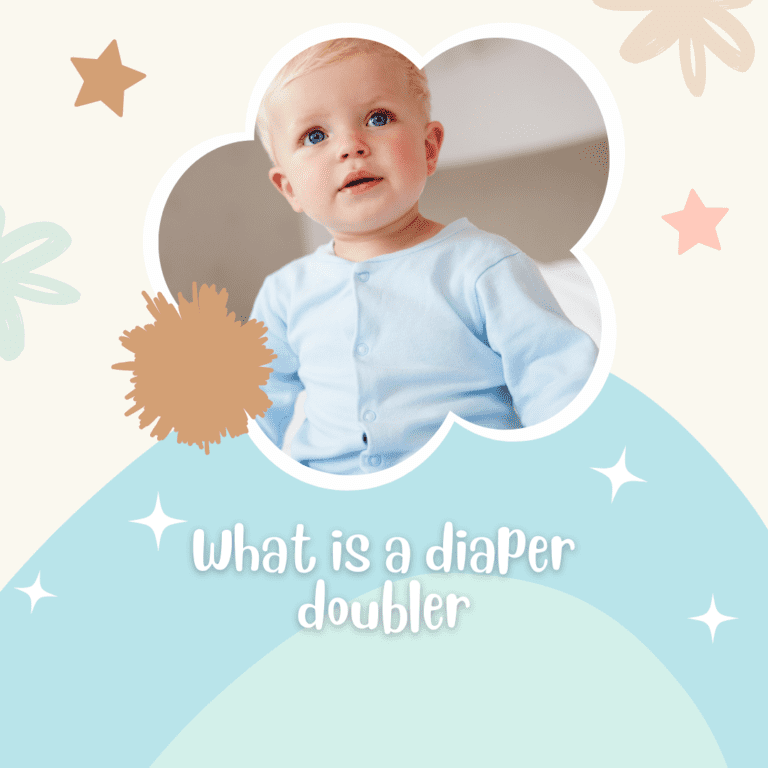Regular diaper changing is part of everyday life for parents – just like breastfeeding or feeding, but also carrying, cuddling and playing. Especially at the beginning you and your partner will spend a lot of time at the changing table. Changing a diaper is a huge task for most parents, but it doesn’t have to be that way. We’re going to show you step by step instructions on how to change a diaper.
The right changing place for your baby
Your little darling is finally born – changing diapers will now have a permanent place in your life and should be made as pleasant as possible. At home, for example, there may be a fixed place for this, such as a changing table, where everything is within easy reach. But changing a diaper on the go will quickly become child’s play for you – I promise!
The changing table
When choosing the changing table, you should pay attention to the following things:
- Stability: The changing table should be stable and not wobble if possible. When you buy it, you can do a careful shaking test. At home, you should level out any unevenness in the floor with felt pads or small wooden plates.
- Area: The changing area should offer enough space. It should be at least 55 centimeters deep and 70 centimeters wide to offer enough space for your sweetheart.
- Corners: The corners should be rounded and there should be no other sharp edges in the changing area.
- Side rails : To increase safety, many changing tables have raised side rails to prevent baby from rolling off. Ideally, these are at least 20 centimeters high and additionally padded.
- Height: Choose the height of the changing table according to your height or that of your partner. Normally, changing places are between 85 and 92 centimeters high.
- Changing pad: It serves as a soft pad on the changing table. Therefore, the size should be coordinated with the dimensions of the changing surface. The surface of the changing pad is often covered with a specific film that is easy to clean. However, also think about possible harmful substances and get the relevant information about the product before you buy it.
The changing table definitely belongs on the list for the initial equipment . It doesn’t always have to be a new changing table: there are also very nice used changing tables available. It is worth taking a look at various online platforms or visiting a flea market.
Is a heat lamp necessary?
In which room you set up the changing area is entirely up to you. Bedroom, children’s room, bathroom? Preferences are very individual here. It should just be warm enough. Babies feel most comfortable at a temperature of 22 degrees. If the changing table is in a poorly heated room, it makes sense to buy a heat lamp.
However, heat lamps should not be placed too close to the changing table. A distance of at least one meter must be maintained. The best way to check the heat development is to place your hand or arm on the changing mat. If it is pleasantly warm here, your baby will feel good too. If the surface is too hot, you can turn the temperature down a bit or place the lamp further away.
Utensils for the changing area
In order for the diaper changing to go smoothly, all important diaper changing utensils should be in your immediate vicinity, at best only a handle away.
- Fresh diapers
- a bowl of warm water (prepare a thermos) or wet wipes
- washcloth
- a small towel or paper towels to dry off
- lockable diaper pail
- possibly care products
Set up the changing area so that it is a nice and, above all, safe place for you and your baby. Warning: Your little one is undergoing rapid motor development and may suddenly be able to roll over on their own. Falls from the changing table are one of the most common accidents involving babies. So the following applies: “Always keep your hand on the child!”
Which diaper should you use?
There are a variety of different diapers. A diaper must meet three criteria for your baby: it must be able to absorb urine and stool well, it must be leak-proof and it must be comfortable for your darling.
Most commercial diapers absorb urine quickly and retain it in an absorbent core for several hours. This keeps your baby’s skin as dry as possible. In addition, the absorbent body prevents stool from mixing with urine, which minimizes the formation of ammonia. Ammonia is responsible for a sore bottom and diaper rash (nappy rash) , among other things .
As a rule, diapers rarely leak because they have a flexible cuff on the stomach and usually also on the little legs. This keeps the clothes dry and your baby can still move freely.
If the diaper suddenly fills up quickly and even leaks, your baby may need a different diaper size. There are diapers for newborns, babies and toddlers. Which size you choose depends entirely on the size and weight of your baby or you can follow our recommendation here.
How to change a diaper properly
Just a few days after the birth, changing diapers will be easy for you and you can enjoy the time at the changing table with your darling.
Step by Step Instructions on how to change a Diaper
Before you become a nappy changing professional , however, you should practice a few movements so that they fit in every situation – whether in the middle of the night or on the go.
- Step 1: Remove dirty diaper. Place your baby carefully and safely on the changing table and first remove the dirty diaper. If the nappy bin is not right next to the changing area, you should only worry about disposing of the used nappies after changing them.
- Step 2 (Version A): Hold the baby properly. When the baby is lying with his legs towards you, grasp his left thigh with his right hand. Your baby’s right leg will then automatically rest on your forearm. Left-handers use their left hand. Now lift your buttocks by gently bending your hip joint. The spine and neck should not be bent too much.
- Step 2 (Version B): Roll onto your side. For babies who suffer from colic in particular, lying on the side is an alternative when changing diapers, since a dented tummy could be uncomfortable for the baby. To do this, grab your baby at hip height and carefully roll it onto its side. After cleaning, you simply place the fresh diaper next to your baby and carefully roll it back onto it.
- Step 3: Clean the bottom. You should clean the diaper area thoroughly and gently with every change. It is best to use lukewarm water and a clean washcloth. Then pat the area dry with a towel. Of course you can also use wet wipes. Make sure that these are free of perfume and alcohol.
- Step 4: Take care of the skin. If your baby has sensitive skin or the buttocks are red, a wound protection cream or baby oil can be applied afterwards.
- Step 5: Put on the fresh diaper. Finally, put the fresh diaper on your darling. Make sure it’s neither too tight nor too loose – two of your fingers should just fit between the diaper and your baby’s tummy. With a newborn, you should fold the top edge of the diaper or use a special newborn diaper to allow the navel to heal better.
Changing a diaper isn’t just about following all the diapering steps , it’s also a good opportunity to get in touch with your loved one. Your baby will appreciate your attention and your tender touch. So take your time when you change the diaper and enjoy this special moment together with your baby.
Change diapers on the go
Whether at home or on the go: when the diaper is full, it has to be changed and that usually cannot wait. However, you should be well prepared for the diaper change on the go. Therefore, a diaper bag with all the necessary utensils for on the go is a must-have during diaper time.
There are many places outside for changing diapers: a bench, a table or a blanket on the lawn. You should definitely have wet wipes with you, as you won’t always have warm water available on the go. However, many restaurants also have an extra changing area, which they will certainly be happy to make available to you and your baby.
Boys and girls: the little difference in changing diapers
It doesn’t matter if you have a little girl or a little boy: diapers need to be changed regularly. It only exists when cleaning the diaper area – the small subtle difference:
- For boys, make sure not to forget the area under the testicles. You should not pull back the foreskin of the member against the natural resistance. This resistance is normal and usually not a sign of foreskin tightness . By the age of two or three, this area can be tight and sticky. Experienced parents stand a little to the side of the changing table to avoid being tugged at unexpectedly.
- For girls: The vagina should always be cleaned from front to back to prevent unwanted bacteria from entering the vagina and causing an infection. The labia should not be spread when washing.
If your baby grabs his genitals while changing, let him do it. Your child wants to explore their body and that includes their genitals.
Does a baby already need care products?
Your baby’s skin is much thinner than your own. Babies do not yet have a natural fat film and the protective acid barrier has yet to build up. Substances therefore penetrate the body more quickly. This is also the reason why you should use care products (cream, oil, wet wipes, etc.) sparingly and make sure that they are suitable for the delicate baby skin.
In the first year, your baby only needs a vegetable care oil for skin care. In the case of a sore bottom, you can also use a moisturizing bath additive or wound ointment. If your baby is particularly sensitive in the diaper area, the following things will also help:
- If you have a sore buttocks, your diaper needs to be changed regularly and more often than usual.
- Try to let your baby play without a diaper as often as possible. Air and light help to heal the sore spots.
- The buttocks must be cleaned and dried particularly thoroughly after changing diapers.
- A wound protection cream with zinc often promotes the healing process.
- At the next baby bath you can add 1 liter of chamomile tea to the water. Chamomile can soothe irritated skin.
- Breast milk on the affected areas can also provide relief.
- Healing wool, which is placed directly on the irritated skin, could also be helpful. However, it should not be used on open wounds.
If the condition of the skin does not improve despite all these attempts, you should definitely seek medical advice.
How often do you have to change a diaper?
In the first 24 hours after birth, a newborn’s diaper needs to be changed about twice. During this time, the so-called child spech (meconium) passes – a tar-like stool.
Later, babies usually have a full diaper six to eight times within 24 hours. Bigger children need about five to seven fresh diapers every day.
Many babies wet their diapers during mealtimes. So it’s worth taking a look inside the diaper after you’ve fed your baby. If your baby is hungry and should be changed at the same time, feeding should take priority.
Of course, you should also listen to your baby’s signals. If the diaper is wet, your baby will report and probably cry or whine. Surely you will not always notice when the diaper is full. A urine indicator on the outside of certain diapers offers help here: it shows when the next diaper change is due .
It is important to always remember to check your baby’s diapers regularly for their contents so that they can be changed quickly if necessary. Bowel movements and moisture can irritate baby’s sensitive skin and lead to a sore bottom.
Changing diapers: tips and tricks
In the course of time you will definitely become a diaper professional. We have put together some helpful tips for you here:
- Your baby’s first bowel movement (meconium) is best removed from the bottom with a little oil.
- If your changing station is not in the bathroom, but you still want to wash your baby with warm water, you could place a thermos with warm water and a bowl of washcloths at the changing table.
- Always dry your baby’s bottom thoroughly and gently.
- Check your nappy supplies regularly so that you always have enough nappies of the right size to hand, both when you are out and about and at home.
- When a baby grows into a toddler , changing nappies on the changing table could become difficult. Changing diapers while standing or on the floor is then an alternative.
- To make sure that you always have everything with you when you are out, you should reload your diaper bag after every walk.
- A mobile over the changing table or a small toy can distract your baby when he doesn’t like being changed.
- Now and then combine changing with a subsequent baby massage . Your little darling will enjoy it.



